Emergencies frequently happen, some without time to prepare. So, finding this moment to begin preparing for an emergency is the best option. While being prepared is essential, the process in which it takes to be ready is also necessary. Knowing how long and in what way to keep something long enough to be able to stay entirely prepared at all times can be the key when these emergencies happen.
Can you store bottled water for a long time? It is okay to store bottled water that is still sealed in a sanitary container. You may store tap water as well. However, there are some recommendations and processes that need to take place to store tap water properly.
Why Should I Store Water?
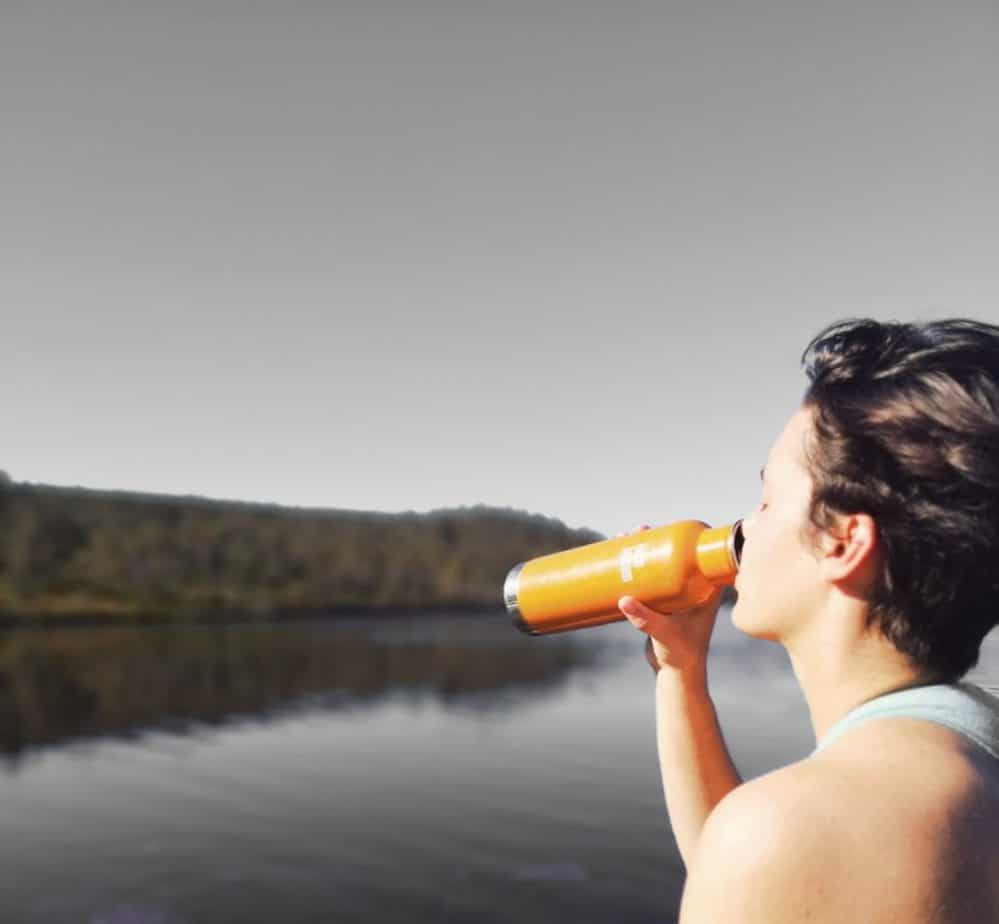
The human body cannot go without water for approximately three to four days. While you cannot go without for that long, that does not mean that you will not have to face any discomfort along the way. So, while needing to sustain your own life in an emergency, you may need to care for others or carry on other basic needs.
How to Store Bottled Water Long Term
When you have decided to store water, there are some things that you need to consider before just throwing some water in a bottle and setting it somewhere. Remember, this water may be ingested at a later date if an emergency arises. You will be using this water for cooking with, for drinking, and to clean yourself.
How Much Water Should Be Stored
It is recommended that there should be one gallon of water per person for each day needed (for at least three days). Storing more would be best as accidents do happen and depending on how many people you are taking care of also aids in the deciding factor of how much water to store. This situation also depends on what foods you cook as well. Be sure to add more water as well if you are caring for children or individuals who need extra care. If at all possible, set your goal for around two weeks worth of water. Also, do not forget that you will need cleaning water as well. Try and judge according to your lifestyle.
Drinking-Water
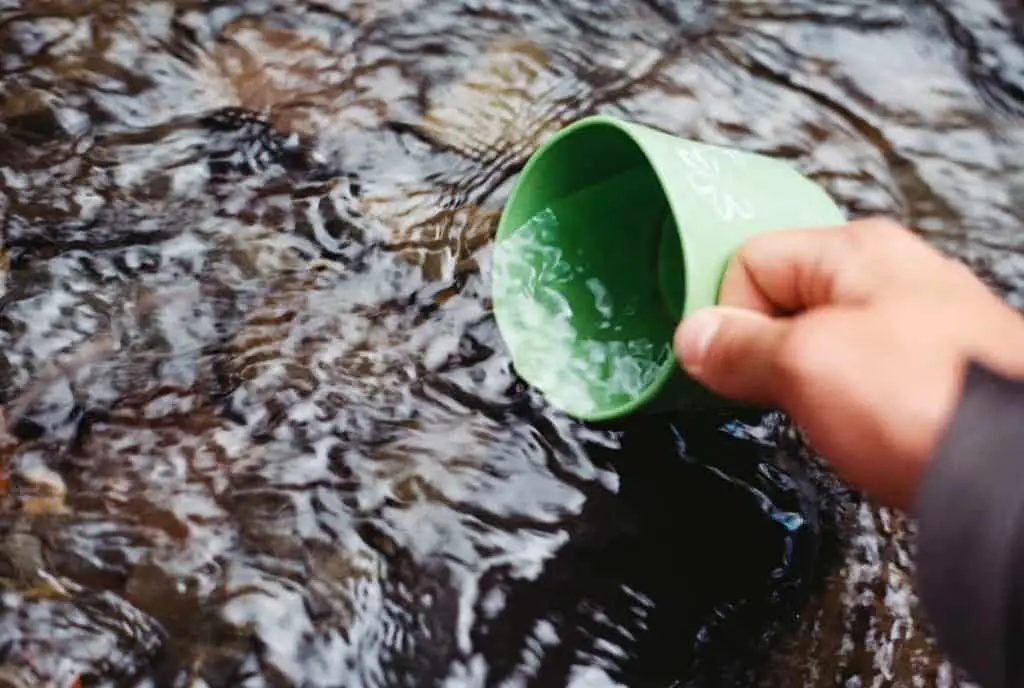
A healthy adult typically drinks anywhere from eleven to fifteen cups a day. There are sixteen cups in a gallon of water. The minimum that you have to drink during the day to stay healthy is half a gallon, eight cups. Make sure to have a little over what is needed in case anything happens that you need more water.
Clothing
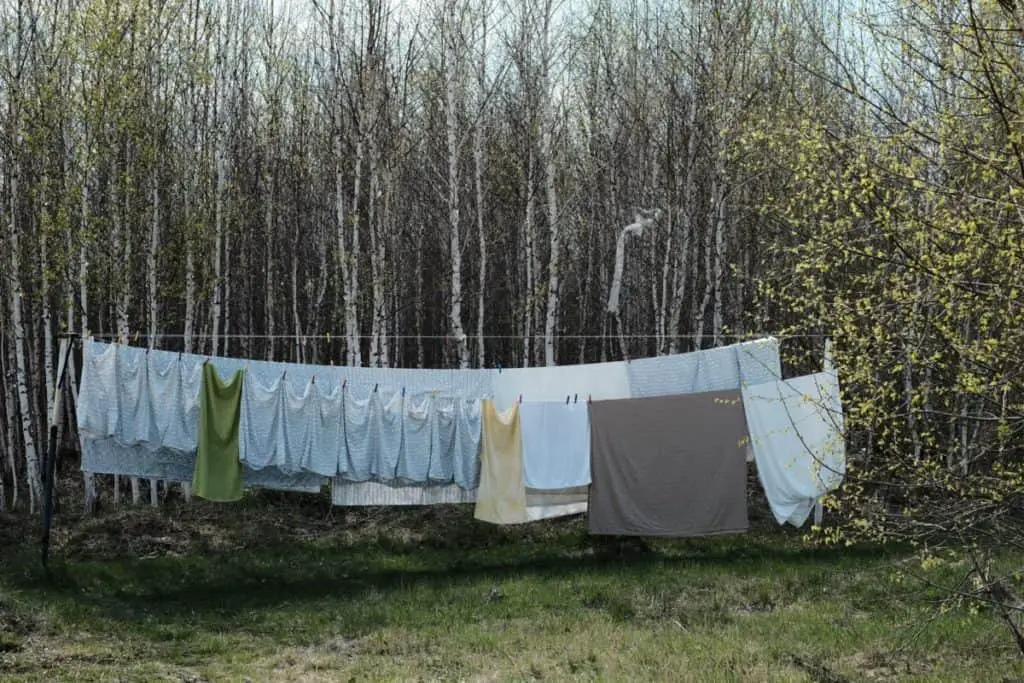
Depending on the emergency depends on whether or not you may be facing a need to wash clothes. In some areas, hurricanes come through, and this can bring days of no electricity or water in many areas. Depending on how long you are facing and how many people you have, it depends on how much water you will need to hand wash clothes. In most cases, one average load of laundry takes approximately five gallons of water. Be sure to wring out as much as you can.
Hygiene
Depending on where you are depends on what you have available to you so that you can bathe. It is possible to shower with one gallon of water, a lot of ingenuity, and very little splurging. This amount of water means you may get a five-second rinse shampoo and soap up, rinse as much as you can and dry off the rest.
Cooking

Be sure to add cooking as part of your planning. You will still need to eat. Plan food lightly. Try and get things that do not need much water. Some foods do not need anything but fire, and they are ready to eat after some time. If you get things such as rice, noodles, and something that needs to boil, make sure to plan for that as well. Depending on how many people you are cooking for determines the amount of water you will need.
Your Toilet
When faced in an emergency, the last thing you want to add is the factor that you are unable to flush the toilet because there is no water. That can turn a bad situation into a worse one pretty quick. In most models, it takes approximately one and a half gallons to flush a toilet. Depending on the number of people you have and the number of times your throne is used depends on the amount of water you will need.
Pets
Do not forget your pets in an emergency; they still have to drink water as well. Plan according to what your pet currently drinks per day. This way, you can make sure you have enough for them to make it through as well.
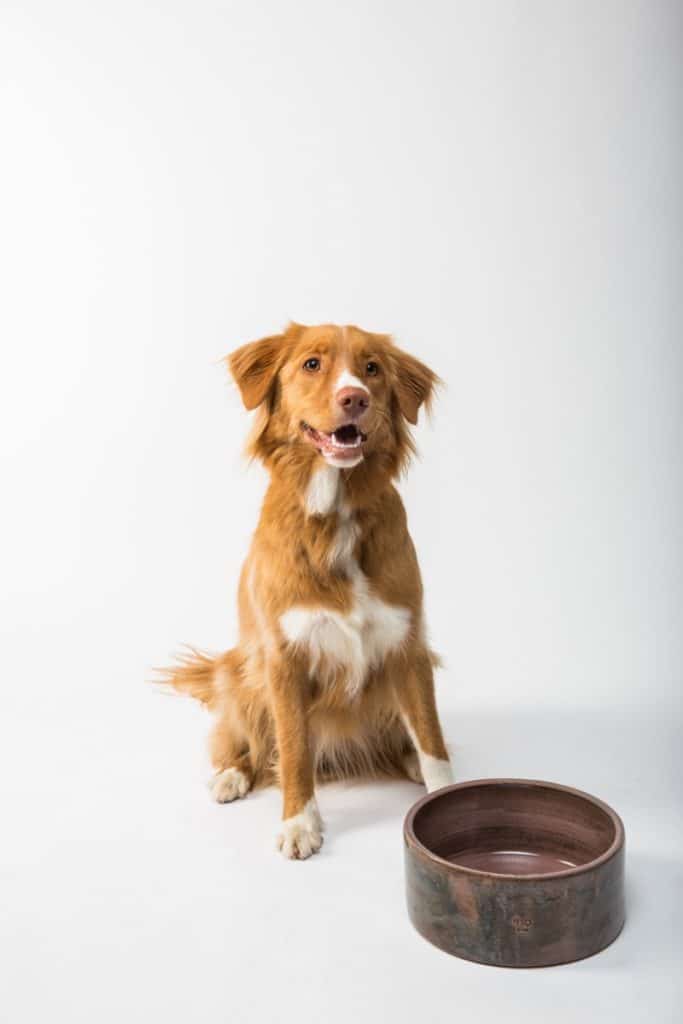
What Type of Water
Know that the processes run a little differently depending on the type of water that you are storing? Sugary water, flavored water, or carbonated water is not suggested to store for any length of time for emergency purposes. If you are storing tap water in containers, be sure to read below on how to save your water safely. However, you may invest in pre-sealed, bottled water. These are to be already sanitary and do not need much else except the standard precautions and storage.
What Kind of Containers to Store Drinking Water In
Many different types of plastic containers are made from various products; some are clean and safe to use for storage; others are not. Be sure that when you store water in containers that they are marked with HDPE (#2), LDPE (#4), and PP (#5). It is not recommended to store water in anything that has previously held food or liquid such as milk or juice as both can contain bacteria. Glass jars are not recommended as they can easily break and can lose the water inside them.
HDPE – HDPE is also known as high-density polyethylene or can also be known as polyethylene high-density (PEHD). This is used with many plastic bottles that are usually made into milk jugs, piping, and cutting boards. It is known for impact resistance, lightweight, and absorbs little to no moisture.
LDPE– LDPE is known as low-density polyethylene. This type of plastic is known for resistance against more common chemicals. LDPE is also used in the production of bottles, tubing, and laboratory equipment. It is also chemical resistant and also breaks down more easily over time.
PP– PP is known as polypropylene, a thermoplastic that is used for many purposes, from packaging customer items to the automotive industry. Its unique blend allows for a slippery surface, which will enable it to be used for gears. It is still chemical resistant and even considered a sturdy plastic.
Types of Containers Available
Be sure to avoid hazardous plastics, which are typically marked #3, which is PVC, or otherwise called polyvinyl chloride. It is soft and flexible and used for food wraps, bottles, and cooking; however, it is not considered safe. PVC contains chemicals that, when heated, can seep into the food or drink and can affect hormonal development and other health issues.
Tanks
Tanks are usually larger in numbers of gallons, therefore able to provide water for a more extended period. They can range from two hundred and fifty to thirty-five gallons, depending on what you need for your family.
Barrels
Barrels are typically fifteen to fifty-five gallons of water, providing up to two weeks of water for two people. When shopping for a barrel, make sure that they are food grade barrels. Make sure it is clean and disinfected, as well as making sure that the water that goes in it is purified. Once sealed, make sure to properly store it away from direct sunlight in a cool space. Also, make sure it is not on concrete, preferably on a stand.
Water Cans
Water cans can range from one gallon to ten gallons, depending on the company that you purchase the water can from. It is essential never to place anything else but disinfected water inside the water cans. Oil, gasoline, or anything else of that nature. Use these strictly for water and store them in a cool area away from direct sunlight.
Clean your Containers
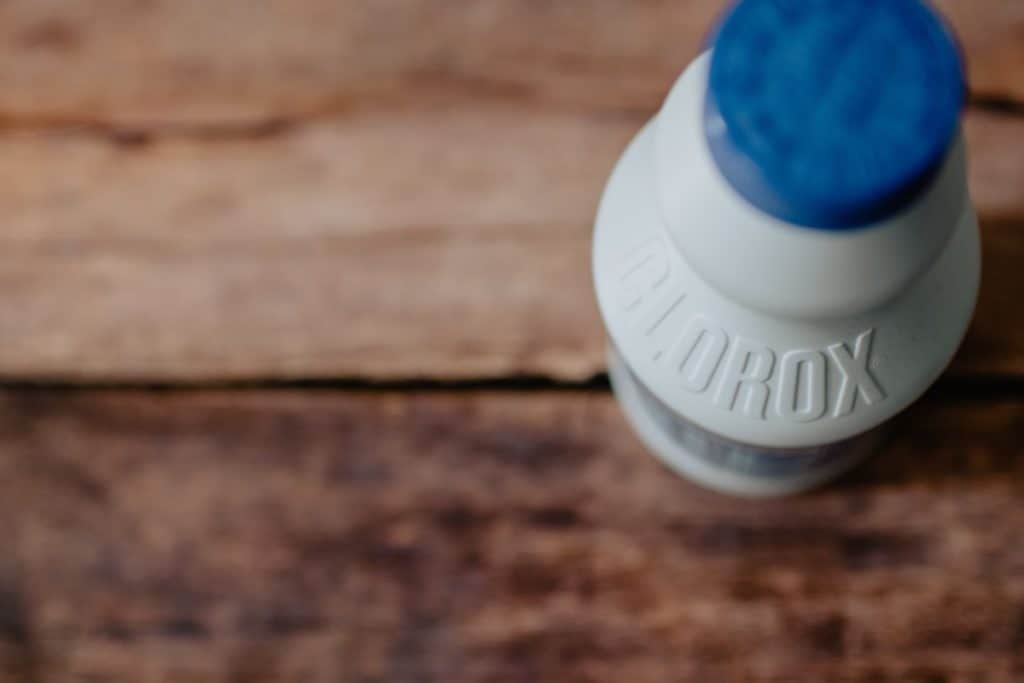
When preparing to store water, make sure that they are thoroughly clean. They will need to be washed with soap and hot water. You may use a small (1 teaspoon) of bleach for every quart of water to wash out your container. Make sure that your container is washed out exceptionally well.
Make Sure Your Water is Safe
To make sure your water is safe, it needs to be disinfected. If you get water from your tap and it is unsafe, make sure to boil your water for a minute to three minutes. If you are in a bind and cannot boil your water you can add one-half teaspoon of unscented, additive-free bleach into five gallons of water. You can also use water purifying tablets if all other sources are not available to you. Do not add too much bleach to your water.
Disinfecting and Sanitizing Water
To ensure that your water is safe, it is crucial to filter your water first to clean any particles from the water. You can use pretty much anything to filter such as a factory produced water filter, a coffee filter, or paper towels. The water can be run through or soaked through to clean the water. You can then boil the water to make sure to kill any bacteria that may be in the water.
Storing Process
Once you have made sure of all of your steps, in the beginning, you may now place your water in your containers. When done, you want to make sure that it is closed as tightly as possible. You may want to label it with the date on the bottle as you will need to recheck it in six months if nothing happens before. Make sure to put your containers in a cool dark place so that the sunlight cannot get to it. UV rays in the sun can cause a reaction in your plastic containers and cause contamination to begin.
Storing Non-Drinkable Water
In some cases, you can store non-drinkable water in jugs that may have been used before. It is important that you thoroughly clean these containers out the best you can. In personal experience, Dawn was used with as hot of water that could be handled. With a couple of washes and a wash out with bleach, it was found that the jugs were, in fact, able to handle water without smell or causing discoloration. However, you must label these jugs “non-drinkable water.”
How Long is it Safe to Store Bottled Water?
It is important to keep a check on your tap water for six months and then rotate it out. However, if you have store-bought bottled water that has not been opened, it can stay good for a long time. It is recommended that if your water changes colors or becomes cloudy, then your water needs to be changed.
Does Stored Water Go Bad?
Stored water does not go bad; however, it can become contaminated if not cared for properly. If your water gets a strange smell, changes color, or has algae growing in it, it has become contaminated. If you are concerned about contamination and wish to do it the easy way, pull out those wallets and head to the store. The CDC even says that the easiest way to get the safest water is to buy bottled water from the store.
What if I Did Not Prepare
If you did not prepare for an emergency, and you are now trying to find ways to find water, some things can be done. That is if there is not a way you can call loved ones to get water from. Use caution as some water is not safe to drink. Also, be sure to disinfect in some of the areas mentioned. You will want to make sure that your water is safe for you, your pets, and your family.
Inside the Home
There are different areas of the home that hold water. In an emergency that we suddenly do not have access to water, we must know how to get to the water. While preparation is key, sometimes, emergencies can even take our preparation away. It is important to be resourceful and care for ourselves when we have nothing else to help.
Ice Cubes
If an emergency has happened or power is out, take a look in your freezer. If you have ice cubes, you can melt down these ice cubes and drink them. As long as they are made with disinfected water before being frozen, they are safe to ingest.
Water Lines
The water lines in your home can be holding water. If you find yourself in a situation where you need water desperately, check the main water supply line of your house, it can sometimes hold water. By providing air at the heights point of your home, you can help push any leftover water that may be sitting in your pipes.
Hot Water Tank
If you still have access to your hot water tank, look into draining it as it holds good clean drinking water. It will need to be disconnected from its power source, but it can be drained after and then disinfect the water before drinking.
Toilet Tank
In most cases, you want to leave the water in the toilet tank; however, if you find yourself desperate for water, you can take the water out of the tank. Make sure that no chemicals have been inside the toilet tank at all or any discoloration. Make sure that the water is disinfected.
Canned Items
In most situations, canned items contain water that can be used to drink and hydrate yourself. Instead of draining, drink the juice and this will not only provide hydration but also save on your water as well if you have any.
Outside the Home
You are probably already thinking of places where you can find water. While most of them are right, be sure that you take the processes of keeping clean and using water cleansing processes along the way. You do not want to become sick during an emergency
Bodies of Water
Bodies of water are everywhere it seems from lakes, ponds, and creeks. They hold freshwater and after disinfecting the water, can be a great source of water. Use jugs or other containers that are clean enough to use to collect water. Take it back, sanitize it, and place it into jugs designated for storage only.
Rainwater
In some cases, there are systems set out to be able to collect rainwater for the use of water. This can be an ongoing thing if it comes to that point. You can also place clean containers to collect rainwater. As long as you sanitize before drinking, it is safe to use. You can also melt snow, but again it will need to be sanitized.
Wells
Wells are an excellent source for water; however, these are generally untested and will need to be sanitized before drinking. In some cases, you will find wells built from natural springs; this water will need to be disinfected before drinking.
What Can Affect Water Supply
Many different things can affect water supply, and these are things that one should think about when preparing for emergencies. Keep in mind that water is just one part of preparing for an emergency. There are food and supplies that also need to be taken into accountability.
What is a Water Emergency Situation?
Emergency situations are events that are sudden and have little to no warning, or it is the case of no one taking a warning seriously A water emergency is an emergency that affects the water supply whether it is to get water to the home or community or if it is a fact of contamination in the water supply.
Drought
Drought is a long period where there is not enough rainfall and causes a shortage of water. In this, many people are forced to use contaminated water or unsafe water. With this, you can find yourself with an illness or disease caused by doing so.
Flooding
Flooding happens when natural waterways become overfilled and destroy houses, water supply systems, and food supplies. When floods occur, it can cause bacterial contamination to all water. This also can bring in illness and disease.
Earthquake
Earthquakes are known to cause severe damage both above and underground, where many of our water pipes sit. It can also cause factories to be destroyed. This can cause chemical contamination in the water provided. It can still make it to the areas that normally supply water.
Storms
No matter how big or little, storms can cause quite a bit of damage that can affect water supply. Thunderstorms can cause tornadoes to spur off, affecting not only electricity to pump water but also contamination of water. This can also be a cause of flooding. Hurricanes are much more massive and can do a lot of damage. Hurricanes can cause days and weeks to go without electricity or to get water and contamination.
Terrorism
No matter what goes on in our world, it is important to understand that terrorism can happen at any moment in any type of act. Poisoning of water can happen along with bombs or other events. In any way, shape, or form, the water can become deadly or scarce.
Illness
There are all types of illnesses and diseases, and sometimes they can become waterborne. This means that waterborne pathogens have combined or stuck to diseased microbes contaminating food or water. A natural disaster or human error can cause it. The main concern is the pollution of our natural waters and our water supply.
When the Lights Go Out
Many of our homes are run entirely on electricity, including water plants that distribute water to communities. While some of us own our wells, we have electric pumps. If a natural disaster strikes, we are unable to get water because of the lack of electricity. Make sure that you can find ways around electricity when the lights do go out.
Things You Should Think About Having on Hand
When prepping, you want to make sure you have everything necessary to survive and care for your family in the case of an emergency. When it comes to water, it is important to stay as safe as possible.
Bugout Bag
Bug out bags is a great tool to have when you are prepping. You can put things in here such as water filters, purification tablets, and a metal tin. These items will help you disinfect water on the go. You can add other items to your bag, but make sure that you are not overloading yourself.
Vehicle
Whatever vehicle you have, you need to make sure that it is set as well for emergencies. This may be your home for a while if things get too bad. Make sure you have purification tablets, a tin container, and any other pieces of survival tools you may want to add.
Home
If you are going to lay low at home, it is important your home has emergency tools as well. You may want to look into a hand pump as well as water storage. You also may want to have a filtrations system in place as well. Make sure to do your research on the items that you are going to make sure that you are getting the safest pieces to handle water and other emergency areas.
Reach Out
If a disaster happens and you are, in fact, okay, check on your neighbors. Make sure they are okay as well. You and your community may need to pull together to make sure that you guys are going to make it through.
Knowledge is Key
Things To Do
No matter what happens, make sure to know everything about your area that you can. Being in an emergency and not knowing anything about your surroundings can cause an issue when an emergency happens. This is normally the time when people scramble, and things become worse because of the amount of human error that goes on. Knowing where your natural water supply is and preparing for the worst-case scenario can help protect you from future issues.
Things Not to Do
Do not ration water unless it is asked that you do so by authorities. If you find yourself needing to use less water, try and reduce your activity, and stay cool. Otherwise, drink water as you normally would. Do not drink carbonated or sugared drinks and especially not alcohol during these times. This can cause your body to dehydrate more and increase the need for you to drink more water. Sugar in general can cause dehydration. Try and eat and drink as healthy as possible to reduce these risks.
